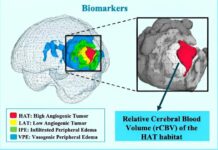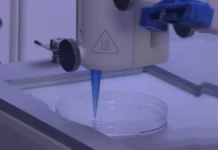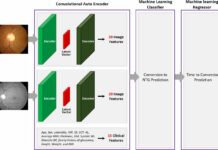Lennox-Gastaut Syndrome (LGS) is a severe type of epilepsy that occurs in children. Its usual symptoms include tonic, (stiffening) atonic (loss of muscle tone which leads to falling), and myoclonic (jerking) seizures. What sets this disease apart from other types of epilepsies, however, is the fact that LGS can cause cognitive dysfunction, behavioral problems, and delays in developmental milestones. Furthermore, it is resistant to therapy and does not respond to anti-epileptic drugs, dietary changes, or even invasive treatments like Vagus nerve stimulation and corpus callosotomy. This means that patients often suffer while trying out different treatments and drugs, which are not without side effects.
Now, a company called NeuroPace is venturing out to try and help patients with LGS using their implantable neuromodulator.
The device consists of an implanted neurostimulator that sits between the scalp and the skull. From it extends two wires with electrodes on them, which are placed on the parts of the brain from where the patient’s seizures begin (i.e. the focal point). This is different for every patient so the lead placement has to be planned accordingly.
Once placed, the neurostimulator monitors the brain’s signals to establish the pattern of a seizure’s onset. It can then respond to unusual electrical activity in real-time by stimulating the area, preventing it from developing further. This is a type of treatment called responsive neurostimulation (RNS).
The device has an additional advantage: its brain recordings can be easily sent to the patient’s doctor so that they can monitor and tweak the treatment plan if needed.
The Lennox-Gastaut Syndrome trial
Previously, the device has been used to treat patients with focal epilepsy. According to Martha Morrell, NeuroPace’s Chief Medical Officer, patients using their device have reported an 82% reduction in their seizure frequency after 3 years. She also explains that the treatment does not have chronic side effects unlike conventional treatments like vagus nerve stimulation.
Having achieved such results, the company is now planning to study their device’s efficacy in patients with stubborn LGS. It will also aim to study the origin of the seizures (cortex or thalamus) in patients with Lennox-Gastaut Syndrome. The trial will be funded by a $9.3M award by the NIH and will begin once the FDA approves it.
Source: https://www.medgadget.com/2021/08/neuromodulation-for-lennox-gastaut-syndrome-interview-with-martha-morrell-m-d-cmo-of-neuropace.html




